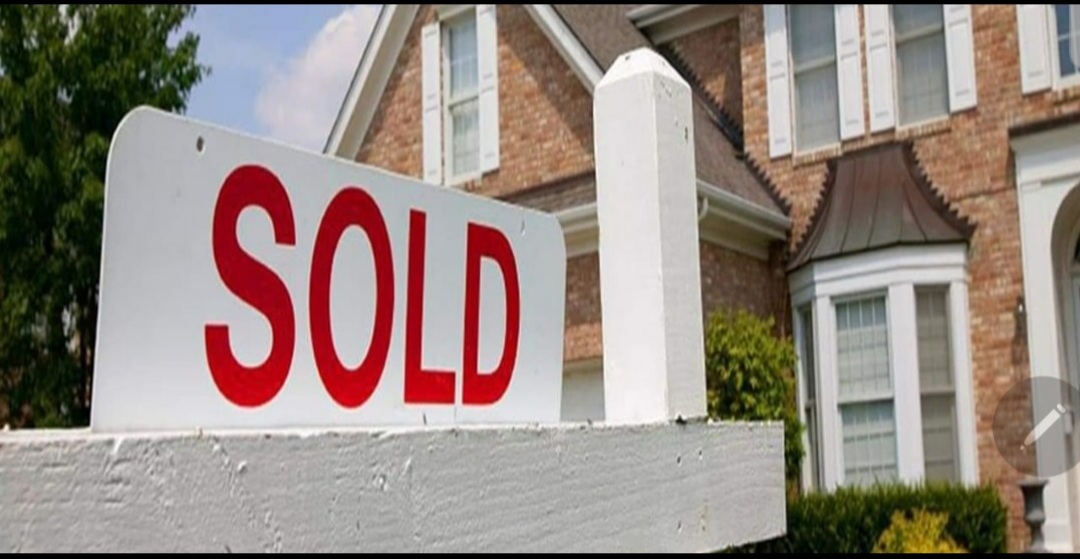A few words strike fear in a homeowner’s heart, such as “termites.” These pests cause about $5 billion in property damage yearly in the U.S. Protecting against infestation is vital. Here are four signs termites may be munching on your home.
Types of termite species
There are thousands of termite species, but in the U.S., three are the most common.
- The subterranean termite causes the most damage and is found in every state except Alaska.
- Dampwood termites are attracted to wood with a high moisture content and are found near the Pacific Coast, in the southwest, and southern Florida.
- Drywood termites are found primarily in the South.
Unlike carpenter ants, which also destroy wood, termites actually eat wood fibers. Carpenter ants burrow into the wood to nest.
What do termites look like?
You can find pictures online. Typically, termites are long-bodied and whitish to amber in color, resembling ants. Sometimes, you will see very long wings, much longer than their bodies.
The four signs you may have termites
- Mud tubes are tunnel pathways that subterranean termites use to move from the soil to a source of wood. If you see veins of mud tubes running from the ground up the concrete side of your foundation to a crack leading into the wall, you probably have termites.
- Swarmers are termites that temporarily present themselves to the open air. If you’ve researched what termites look like, you’ll recognize their long wings or find discarded wings. Look around windowsills and door frames.
- Piles of droppings, or frass, at cracks and seams leading to wood frames and trim boards signify infestation.
- Windowsills, door frames, and baseboards that make a hollow sound when tapped or are mushy when pressed are also signs of an infestation.
Prevention
- As with most things, prevention is better than cure. Don’t stack lumber or firewood next to your house. If you build a wood deck attached to your home, mount all posts on concrete piers or place them on concrete blocks.
- Watch for leaks around outdoor faucets, which attract termites and carpenter ants.
- Hire a professional pest control company and contract with them for scheduled prevention treatment. Make sure they offer a warranty for their services.
Treating an infestation
Treatment could involve hitting pockets of colonies or tenting the entire house and gassing, depending on the extent of the infestation. The cost could range from $500 to $2,500 or more.

